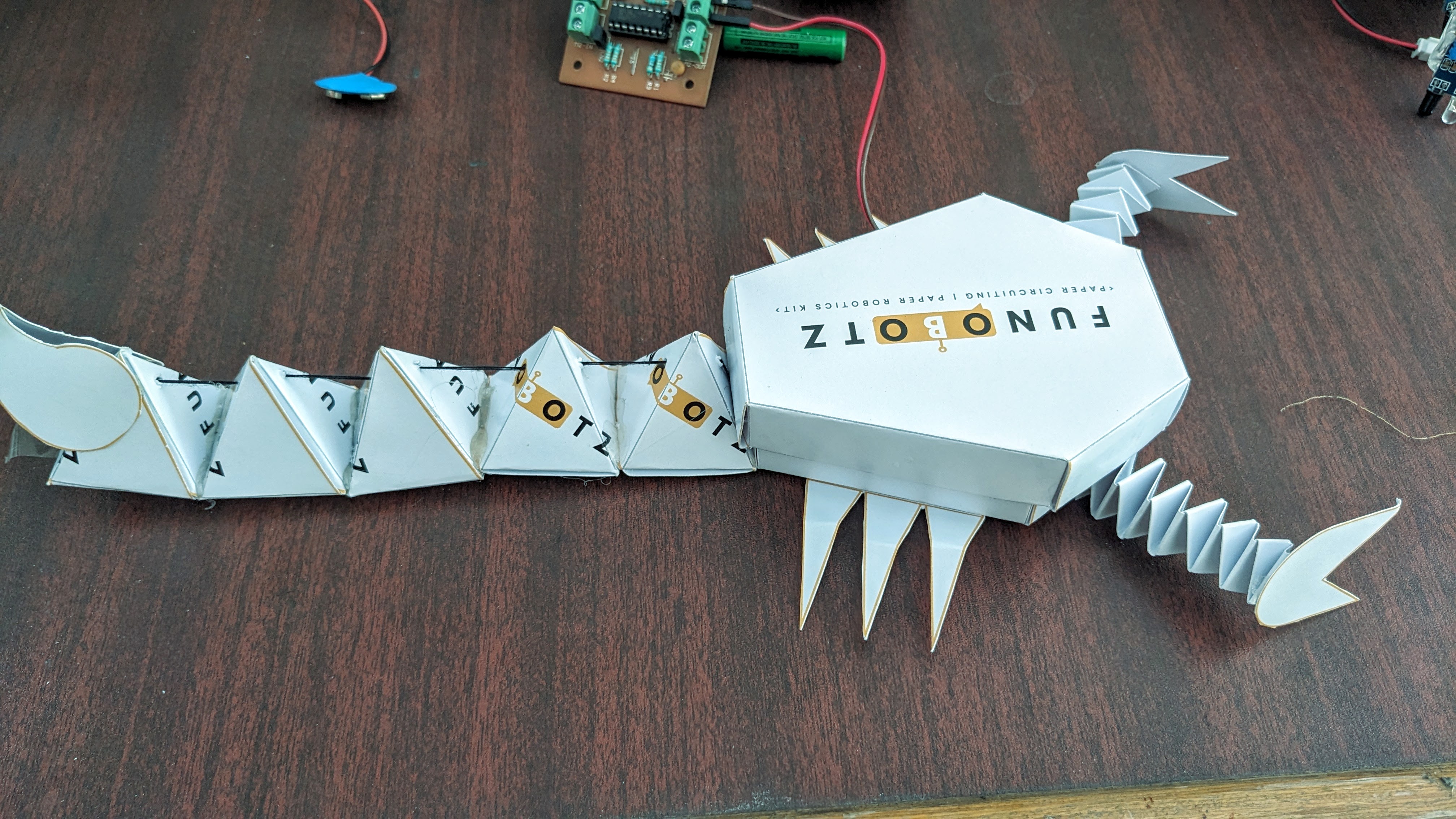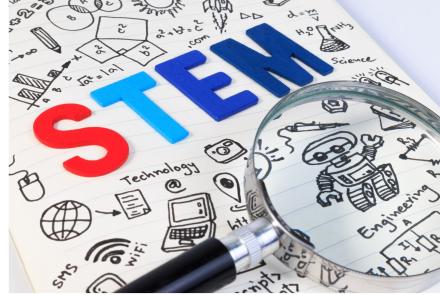Understanding Robotics: How Paper Robotics Stands Out from Traditional Kits
What is Robotics?
Robotics is the science of designing, building, and programming machines that can perform tasks automatically or with human guidance. It combines engineering, electronics, computer science, and artificial intelligence to create intelligent machines that can interact with their environment. From industrial robots assembling cars to humanoid robots assisting in healthcare, robotics plays a crucial role in shaping the future of technology.
In education, robotics is widely used to teach STEM (Science, Technology, Engineering, and Mathematics) concepts to students in an engaging and hands-on way. Traditional robotics kits involve metal or plastic components, motors, sensors, and microcontrollers, allowing students to build and program robots. However, many of these kits are expensive, complex, and often inaccessible to young learners, especially in underprivileged regions.
How Paper Robotics is Different from Traditional Kits
Paper Robotics is an innovative, cost-effective alternative to conventional robotics kits. Instead of relying on expensive materials, Funobotz introduces robotics using paper-based designs, making STEM education more accessible, engaging, and creative.
Key Differences Between Paper Robotics & Traditional Robotics Kits
| Feature | Paper Robotics (Funobotz) | Traditional Robotics Kits |
|---|---|---|
| Material Used | Paper, lightweight electronic components | Plastic, metal, and heavy electronics |
| Cost-Effectiveness | Affordable for all students | Expensive, limiting accessibility |
| Ease of Assembly | Simple cut, fold, and build design | Requires tools, screws, and assembly time |
| Learning Focus | Encourages creativity and design thinking | Focuses on mechanical and technical skills |
| Customization | Easy to modify and personalize | Limited customization due to rigid components |
| Sustainability | Eco-friendly and recyclable | Made from plastic and non-biodegradable materials |
| Target Audience | Suitable for kids, schools, and beginners | Best for advanced learners and robotics enthusiasts |
Why Paper Robotics is a Game-Changer in STEM Learning
- Simplifies Robotics Education – With paper-based designs, students understand engineering concepts in a fun and hands-on way without being overwhelmed by complex components.
- Encourages Creativity – Unlike rigid plastic kits, paper robotics allows for endless design possibilities, letting students modify and personalize their robots.
- Makes STEM Affordable & Accessible – Funobotz bridges the gap by providing budget-friendly robotics education for students in Tier 2 & Tier 3 cities and underserved communities.
- Supports Innovation & Experimentation – Paper-based models encourage students to experiment with different designs, mechanics, and coding techniques without fear of damaging expensive parts.
- Eco-Friendly Learning – Traditional kits rely heavily on plastic and metal, whereas paper robotics promotes a sustainable approach to STEM education.
The Future of Paper Robotics
With advancements in IoT, AI, and digital twin technology, paper robotics is evolving beyond just a beginner-friendly concept. Funobotz is leading this revolution by integrating kid-friendly microcontrollers like Microbit, Arduino, and ESP32, allowing students to program and interact with their robots in new ways.
We believe that robotics education should be fun, accessible, and future-ready, and paper robotics is the key to making STEM learning available to everyone. Whether you’re a student, educator, or parent, join us in exploring the limitless possibilities of paper-based robotics! 🚀



